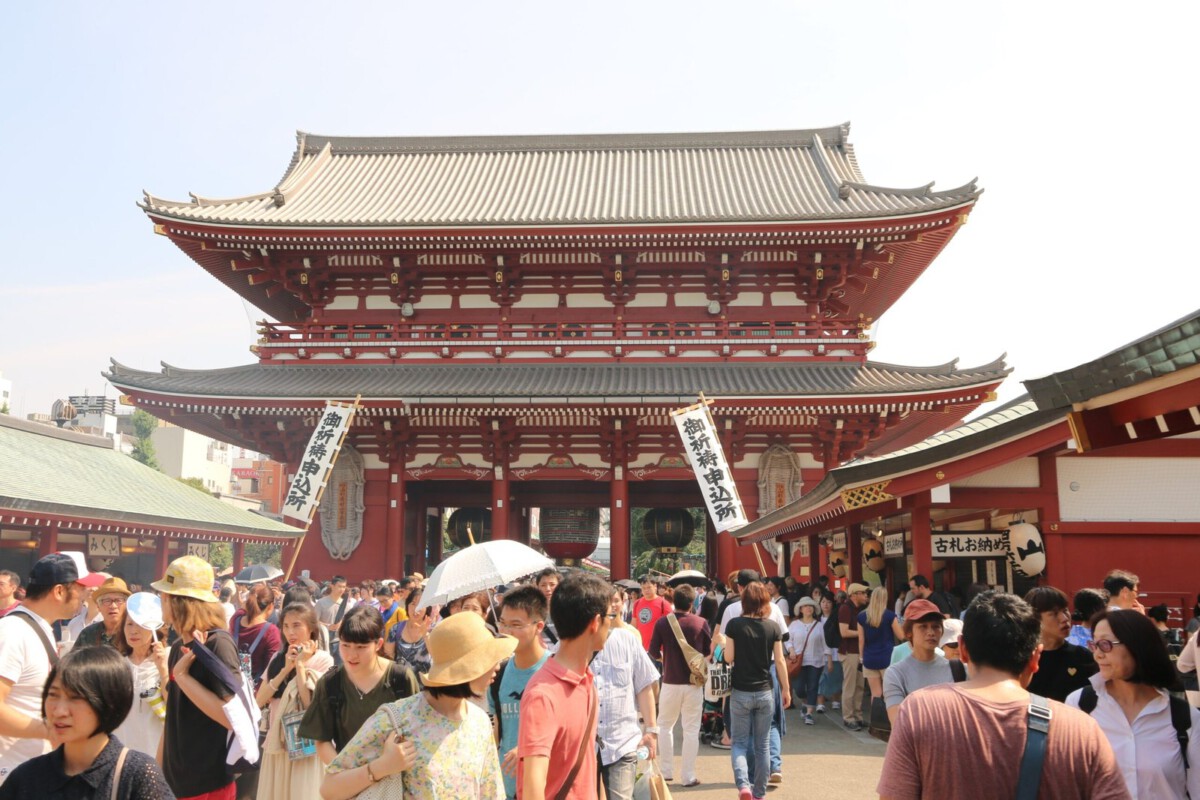Imagine standing at the edge of a turquoise lagoon, the salty breeze whipping through your hair, only to realize this moment could be one of the last before the gates close for good. Across the globe, some of the world’s dreamiest destinations are teetering on the edge of shutting their doors to travelers. Overcrowded temples, trampled coral reefs, and the echo of lost traditions are pushing these places to a breaking point. If you’ve ever wanted to see these wonders with your own eyes, the clock might be ticking faster than you think.
Bhutan The Mountain Kingdom Protecting Its Soul

Bhutan feels like stepping into a living fairy tale—misty mountains, fluttering prayer flags, and valleys dotted with ancient monasteries. But this kingdom has always valued happiness and tradition above profit. The government’s “high-value, low-impact” policy already means you pay a daily fee just to visit, and now whispers are swirling about an even stricter approach. Locals worry that too many outsiders could drown out their language or disrupt the peace that’s so rare here. If Bhutan does close its borders further, the only way in might be through dreams and stories. The best time to visit is during one of the vibrant tshechu festivals, where masks, music, and joy fill the air. But be aware: locals expect deep respect for customs—always ask before snapping photos and dress modestly.
Venice Sinking Under the Weight of Crowds

Venice’s shimmering canals and echoing piazzas have seduced travelers for centuries. But step onto the worn stones of St. Mark’s Square on a summer day and you’re shoulder-to-shoulder with selfie sticks and the endless hum of voices. The city is literally sinking—tourism has put the fragile lagoon ecosystem and local life at risk. Authorities have already banned cruise ships and introduced a new entry fee for day-trippers, but talk of total bans during peak months is growing louder. Imagine wandering through silent alleys with only the sound of lapping water and distant church bells. If Venice finally slams the door, it may become a memory, like a painting in a museum. **Tip:** Visit in winter for a quieter, more authentic experience—and always skip the pigeons in the square.
Bali Paradise on the Brink

The scent of incense, the flash of a sarong, the roar of a distant surf—Bali is a feast for the senses. But this “Island of the Gods” is battling an invasion: plastic waste, clogged beaches, and cultural dilution from the relentless stream of tourists. Local leaders are debating a drastic cut in visitor numbers, and some even say a full closure isn’t off the table. Imagine the rice terraces of Ubud, green and silent, or the temples at dawn with only the sound of chanting. If you go, tread lightly: learn a few words of Bahasa, treat ceremonies with reverence, and skip the single-use plastics. The rainy season (November to March) brings lushness and fewer crowds, but the rules could change at any moment.
Iceland Wild Beauty Under Threat

Iceland once felt like a secret—thundering waterfalls, steaming hot springs, and black-sand beaches that look almost alien. But now, tour buses line the Golden Circle, and delicate moss is trampled under thousands of eager boots. The government is considering closing some natural sites or even a pause in all arrivals to let nature heal. Locals are fiercely protective of their land; it’s not just scenery, it’s part of their soul. Visit in shoulder seasons like May or September for fewer crowds, and always stick to marked paths—damaging the moss can take decades to repair. If a ban comes, these incredible landscapes might be off-limits for years.
Galápagos Islands Fragile Wonders at Risk

Nowhere else can you walk among giant tortoises or snorkel with playful sea lions quite like the Galápagos. But these islands are a living laboratory, and the balance is razor-thin. The Ecuadorian government is weighing stricter quotas and even a full halt on new tourist permits to protect rare species and habitats. The air buzzes with the calls of blue-footed boobies, but one careless visitor can bring in invasive species or damage nesting sites. If you ever get the chance, travel with a certified naturalist guide, avoid touching wildlife, and always clean your shoes and gear between islands. The sense of wonder here is unmatched, but so is the fragility.
Thailand Islands and Temples at a Crossroads

Thailand’s beaches shimmer in the sunlight, and its markets sizzle with spices and chatter. Yet, places like Maya Bay and Koh Phi Phi have already closed temporarily to recover from too many footprints. Now, authorities are talking about stricter limits or total closures, especially for islands buckling under the stress. Temples in Chiang Mai and Bangkok are also struggling to keep their sanctity. If you visit, be respectful with dress and behavior, and consider exploring lesser-known provinces like Nan or Trat. The “Land of Smiles” is grappling with how to stay welcoming without losing what makes it special.
New Zealand Wild Places Under Lock and Key

New Zealand feels like a playground for the adventurous—sky-blue lakes, fern-filled forests, and snowcapped peaks that seem to go on forever. But surging numbers of travelers are putting pressure on hiking trails and sacred Māori sites. The government is discussing stricter visas or regional bans, especially in fragile zones like the Milford Track. Locals are proud of their land, and there’s a strong “leave no trace” ethic—take only photos, leave only footprints. If you come, aim for off-the-beaten-path spots and always learn about Māori customs before you go. The wild magic of Aotearoa might soon be out of reach.
Japan Sacred Spaces Under Strain

Cherry blossoms fluttering on the breeze, the hush of a Shinto shrine, the buzz of neon Tokyo—Japan is a country of contrasts. But temples, especially in Kyoto and Nara, are swamped during peak seasons, and locals are calling for drastic measures to protect traditions. Some cities are piloting resident-only entry days or considering total shutdowns for overstressed sites. If you dream of seeing Japan, visit in the “shoulder” months of May or November, and always follow etiquette—no loud voices, shoes off in sacred spaces, and never point your feet at a Buddha statue. The chance to experience true Japanese hospitality might not last forever.
Maldives Paradise at a Breaking Point

Imagine waking up in an overwater bungalow, the sea so clear it’s like swimming in a sapphire. The Maldives has become the poster child for exclusive escapes—but the islands are vanishing beneath rising seas, and tourism’s environmental toll is heavy. The government is flirting with the idea of limiting arrivals or capping resort numbers to save what’s left. Coral reefs are delicate; even sunscreen can do harm. If you visit, choose eco-certified resorts, skip the plastic, and avoid touching any marine life. The Maldives is a fragile Eden that may soon become off-limits to all but the luckiest.
Norway Fjords Facing the Final Curtain

Norway’s fjords cut through mountain walls like a painter’s brushstroke, and the midnight sun casts an eerie glow over ancient villages. But cruise ships and tour buses have brought pollution and noise, threatening the peace and purity of these UNESCO-listed waters. There’s talk of banning all non-electric ships and even capping visitor numbers in iconic places like Geirangerfjord. Locals cherish the quiet—kayaking at dawn, the taste of fresh-caught salmon, the smell of pine and sea spray. If you want to see Norway’s fjords, consider traveling by train or electric ferry, and always respect private land and silence. The wild, echoing beauty here may soon be just a memory.







